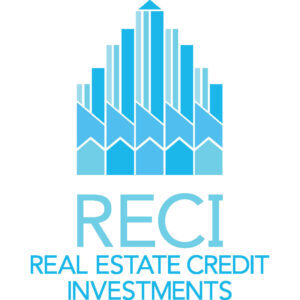A mere ten countries possess 70% of the world’s commercial and residential property value, amounting to $141.5 trillion out of the total $200 trillion. China and the United States together account for 42% of this global property value, equating to $84.8 trillion.
China leads the global real estate market with assets valued at $42.7 trillion, which represents 21% of the world’s total real estate value. The United States follows closely with $42.1 trillion. The next positions are occupied by Japan, the UK, India, Germany, France, Brazil, Italy, and Russia, which collectively make up 28% or $56.8 trillion of the global real estate market.
Our estimation of the total residential and commercial property worldwide stands at just over $200 trillion, with residential properties constituting the majority at 84%, or $168.5 trillion. The most valuable markets are not necessarily the most frequently traded ones; market strength and liquidity play significant roles in making some markets more attractive to investors. Mature and transparent markets tend to draw more cross-border investors, boosting transaction volumes.
Focusing on significant commercial real estate transactions (excluding development sites), the well-established markets of the US, UK, and Germany rank among the most actively traded. In 2016, these markets experienced stock turnover between 4% and 6% by value. Despite its size, China’s market saw only 1.2% of its stock traded last year. Similarly, Brazil and Russia had minimal turnover, at 0.1% and 0.5% respectively, indicating weaker economic conditions and limited cross-border investment in those regions.
The UK, Germany, and France are notable for their mature markets, which attract significant investment and exhibit high transaction volumes. This highlights the importance of market maturity and transparency in driving real estate investment and liquidity.
Real Estate Credit Investments Limited (LON:RECI) is a closed-end investment company that specialises in European real estate credit markets. Their primary objective is to provide attractive and stable returns to their shareholders, mainly in the form of quarterly dividends, by exposing them to a diversified portfolio of real estate credit investments.



